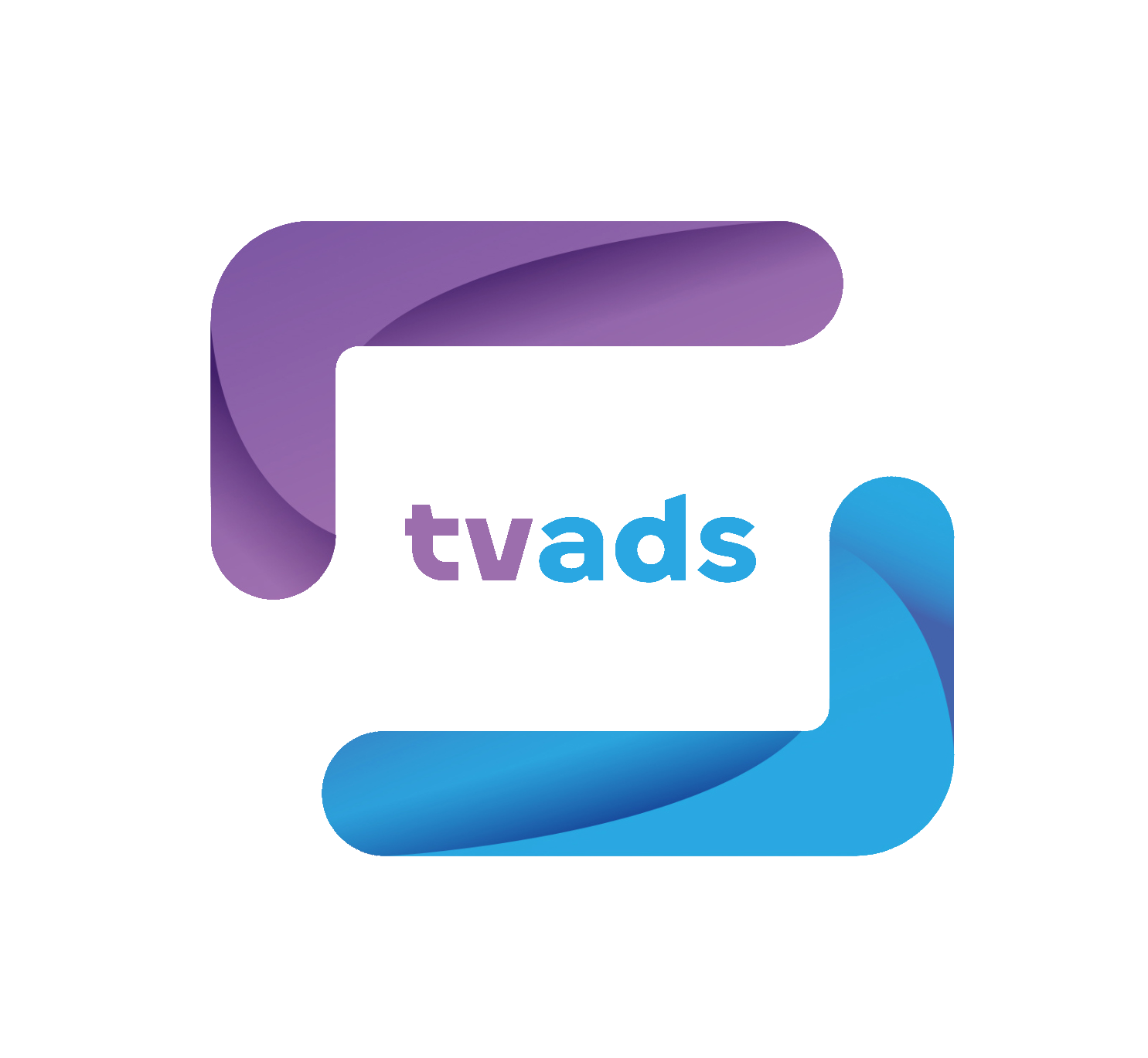

Quibi is today a case study: an ambitious vision with a large budget, innovative technology, backing from Hollywood, and strong financial support from investors—but launched into the wrong market, with poor timing due to external factors (the pandemic), and poorly positioned against both free and paid streaming giants.
Quibi, whose name comes from “quick bites,” was a streaming platform designed specifically for mobile viewing and launched in August 2018.
Its creator was none other than Jeffrey Katzenberg, an American producer best known for launching the prestigious DreamWorks studio alongside Steven Spielberg and David Geffen. Leading the project was the renowned Meg Whitman, a businesswoman, senior executive, political activist, and diplomat, who had previously served as CEO of Hewlett Packard Enterprise.
Its original concept as a business model was very clear: short episodes under 10 minutes, produced and scripted specifically for mobile viewing. It incorporated “Turnstyle” technology, which allowed users to watch content seamlessly in either vertical or horizontal mode on mobile screens.
It had all the initial sex appeal imaginable, and its main challenge was to create a new cinematic language tailored to younger generations.
The platform launched as an SVOD service, priced at $5.80 USD per month.
Obviously, with all these solid pillars in place:
Securing funding was surprisingly easy. Even before its official launch, Quibi had raised a staggering $1.75 billion USD from a wide variety of investors: Goldman Sachs, banks, private investors, funds, and major studios like Disney, Fox, NBC, WarnerMedia, BBC Studios, among others.
With all these ingredients in place, who would have thought anything could go wrong, right?
The company was founded in 2018, but let’s remember that the platform officially launched on April 1, 2020. Barely six months later, on December 1, 2020, the company ceased operations and shut down the business, having previously announced its closure on October 1, 2020.
During its short lifespan, Quibi invested over $1.0 billion USD in content production, generating more than 175 shows and over 8,500 episodes.
The platform launched with an SVOD model, priced at $5.80 USD per month. At its peak, Quibi reached a total of 500,000 paying subscribers.
In the months following its closure, several reasons—both official and unofficial—were widely discussed and analyzed.
Official Reasons
Price Was Too High
Although the leadership believed their subscription price was competitive—lower than Netflix’s at the time (between $8.99 and $15.00 USD)—the reality is that Netflix was not Quibi’s true competitor. Let’s go back to Quibi’s original concept: a short-form streaming platform designed for mobile viewing. Right—its real market competitors weren’t services like Netflix, but rather free streaming platforms such as TikTok and YouTube.
COVID-19 Pandemic
Quibi’s launch took place right at the start of the global COVID-19 pandemic—a period during which people were confined to their homes for an extended time. This meant that audiences had more free time and were staying indoors, which favored the consumption of long-form, relaxed content (from the couch in front of the TV) rather than quick bites on a mobile phone.
Overinvestment
In today’s world, having a large amount of initial or pre-launch investment is a double-edged sword.
Of course, it allows a business to launch under ideal conditions. In Quibi’s case, those favorable conditions included cutting-edge technology, a massive content library available from day one, and the type of investors it had on board (studios willing to create content tailored to the new platform).
But ironically, that same strength became its biggest weakness. Once the platform launched, the selected investors weren’t the kind of partners known for long-term patience. When expectations weren’t met—Quibi’s business plan projected 7 million paying subscribers in its first year—they quickly lost confidence and external funding came to a halt.
As a result, Quibi was a business built on high short-term external investment, and its P&L relied heavily on continued fundraising. When organic growth couldn’t sustain operations, the company had no choice but to shut down.
Competitors
The players that benefited the most from the pandemic were precisely the ones Quibi considered its competitors: Netflix, HBO (which that year rebranded as HBO Max), Disney+, and a long list of other major international players and local/national platforms. These platforms saw growth not only in subscriber numbers but also in the amount of time users spent consuming content—driven by the same pandemic-related circumstances mentioned earlier.
Cultural Circumstances
While it has been demonstrated that these types of 10-minute mini-shows perform successfully today in other regions such as China, they have not gained traction in Anglo-Saxon markets (the ones targeted for Quibi’s launch) in terms of audience and consumption.
Device Adaptation
Quibi launched without considering the social features that native or successful mobile platforms inherently have, which make them winning players: Features for sharing content, building communities, multi-platform access, and more. In other words, Quibi was designed as a mobile product but lacked the social and interactive functionalities typical of more conventional OTT streaming services.
Roku acquired Quibi’s entire content catalog in January 2021 for approximately $100 million USD.
At tvads we has a professional team able to advise you on this field and and guide you in any area of your streaming advertising business, advising you or even operating it on your behalf if necessary
All author posts